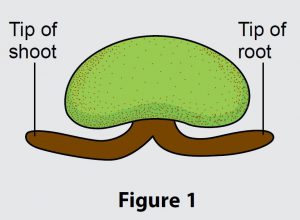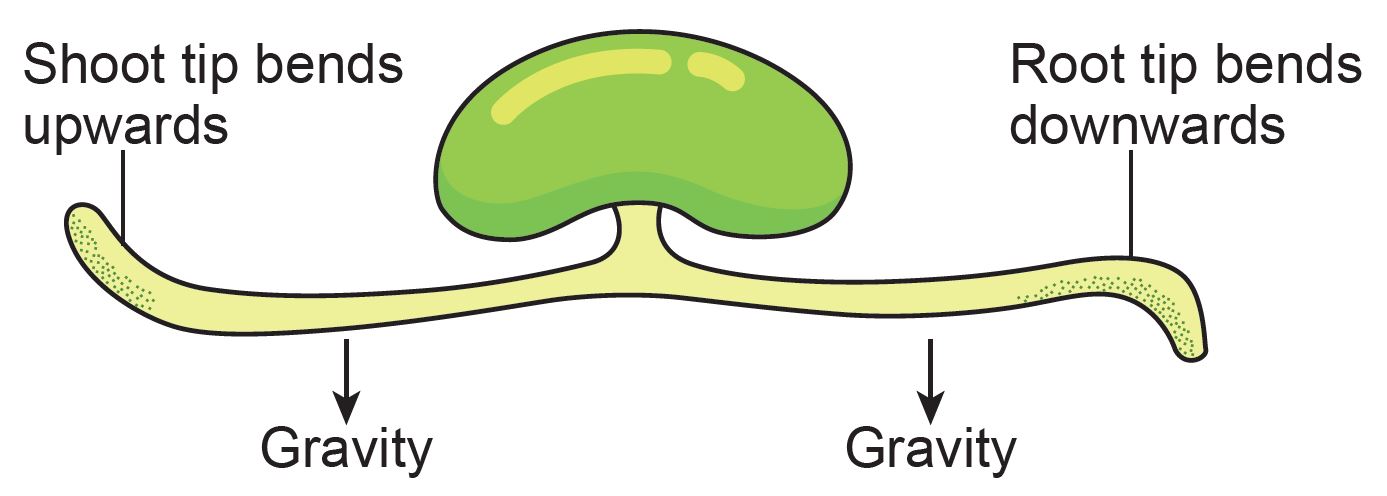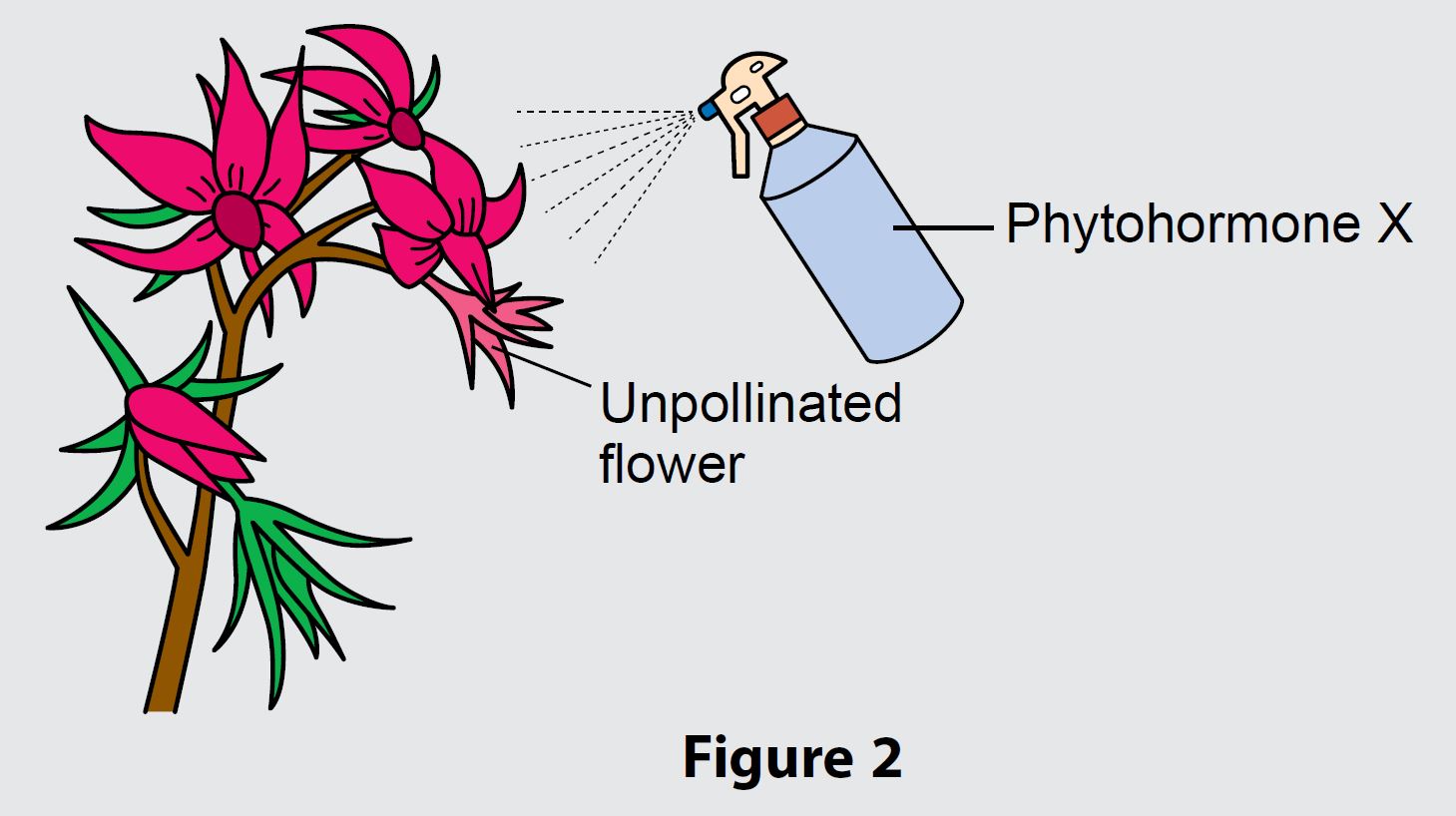Figure 1 shows an experiment to study the response of the shoot tip and root tip of a seedling towards sunlight.

(a) Identify the response shown by the shoot tip and root tip towards light.
(b) On Figure 1, draw what is observed on the tips of shoot and root after several days of exposure towards light.
(c) Explain how the shoot tip can show the response drawn in 1(b).
(d) Using a plant tissue culture technique, a seed can produce many new shoots. These shoots are separated from the parent plant and moved to the new medium containing a full culture solution and particular phytohormone. In your opinion, how does the phytohormone stimulates the growth of the shoots into seedlings?
Answer:
(a)
Shoot tip: Positive phototropism
Root tip: Negative phototropism
(b)
(c)
Due to the pull of gravity, auxin pools at the bottom side of the shoot tip. In shoots, high auxin concentrations causes cells at the bottom to grow faster and also allow the shoot to bend upwards.
(d)
The nutrient medium contains cytokinin which promotes development of shoots and leaves. Auxin is used to stimulate the growth of roots.
Figure 2 shows a technique to produce seedless fruits without pollination. This technique requires the use of phytohormone X.

(a) Name this technique.
(b) Name two types of fruits that can be produced using the technique named in 2(a).
(c) Based on Figure 2, explain the technique you have mentioned in 2(a).
(d) Is fruit produced by using this technique beneficial for consumers?
Explain your answer.
Answer:
(a) Parthenocarpy
(b) Watermelon and grapes
(c) Auxin is sprayed on unpollinated flowers. This stimulates production of seedless fruit without undergoing fertilisation.
(d) Yes. The seedless fruit produced is of higher quality and is larger. The fruit is safer to consume as it is not pollinated by insects and thus does not require the use of pesticides.